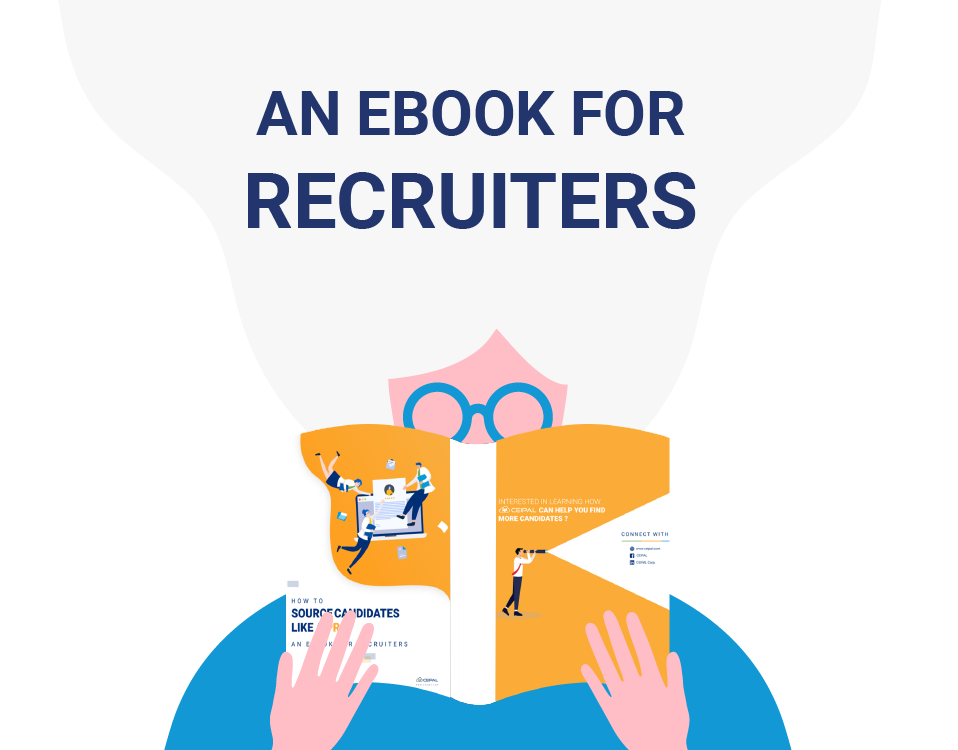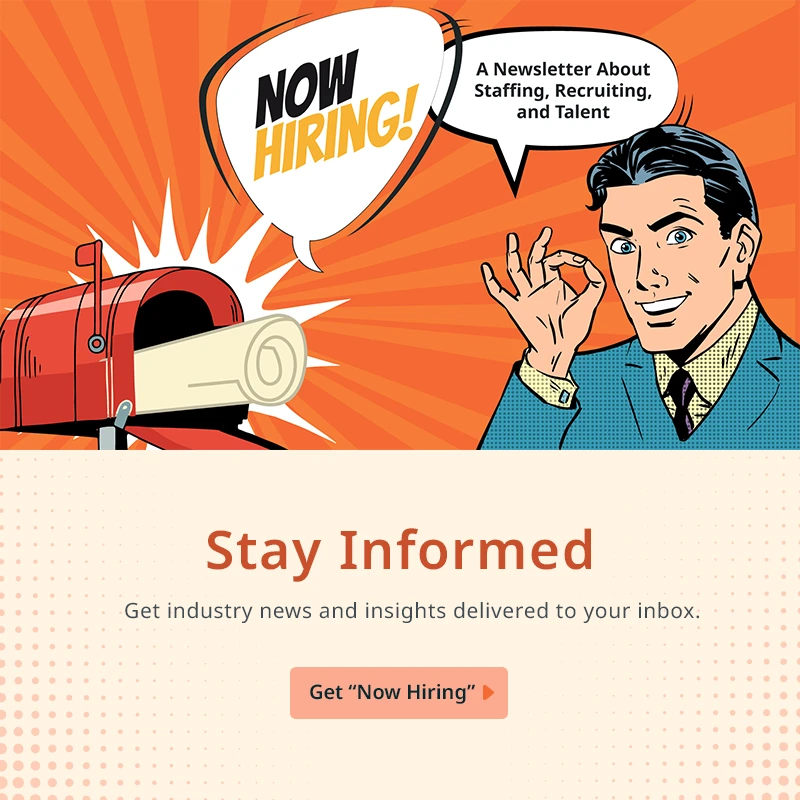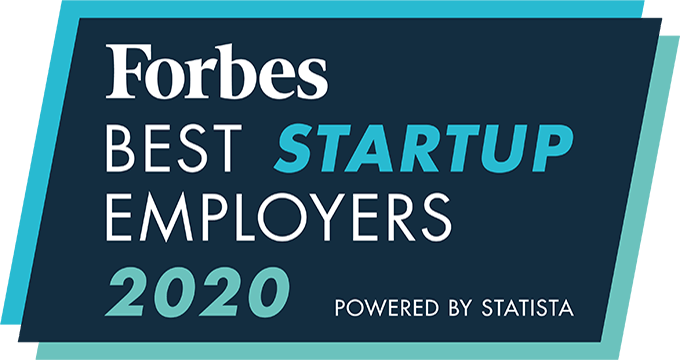Since their inception in the mid-90s, job boards have focused on giving companies the tools they need to collect and share job positions and job seeker details. Early job boards included Monster and CareerBuilder. By 1994, one in five companies was using some sort of online recruitment services. As the internet grew, new companies emerged, and by 2000, there was a well-established job board market.
In 2003 LinkedIn was launched, creating a social media platform for professional networking. By then, there were numerous scraper sites that crawled through the internet to post jobs with or without the consent of the companies. As the job board market grew and matured, job aggregator players emerged, including Indeed and SimplyHired. Five years later Indeed outpaced most of its competitors. In 2015 recruitment automation tools like Applicant Tracking Systems (ATS) and large enterprises started to rely on them to operate their internal recruitment processes.
Why is Diversification of Recruitment Marketing Strategies Important?
Fast-forward to 2022, the job board market is still that 80-20, where the top job boards lead to 80% of the complete job market, with 80-90% of the revenue of the company coming from recruiters only. For example, in India (a $6 billion organized recruitment industry), 65% of the market share is owned by Naukri, with every job seeker uploading their resume to Naukri only leaving very little scope for other players. It is easy for large organizations to buy databases from job boards, while smaller staffing agencies are suffering from cut-throat pricing of the job boards. Similarly, in Australia, the recruitment industry grew to $16.4 billion, and job board SEEK became a one-stop shop for recruiters. With dynamic pricing models, it soon became an awakening moment for recruiters as they had limited options for finding candidates. European and American job markets function in a more diversified fashion.
To excel in a candidate-driven market, it is important to create a diversified recruitment marketing strategy. Varied sourcing options ensure a constant flow of talent despite the failure of particular sources letting recruiters function more efficiently. To attract talent today, it is important to understand that neither recruiters nor job seekers can avoid AI or recruitment technologies. With organizations using resume parsing and ATS software running as the backbone, everything is intertwined—job boards, career sites, and internal databases. The more sources you use for recruiting, the more placements you’ll make and improve business outcomes.

Want To Source Candidates Like a Pro?
Read an eBook Designed for Smart Recruiters Like You
Keep Your Hiring Options Open: Alternative Sourcing Channels for Recruitment
With the increasing number of job boards and aggregators in the market, recruitment agencies are coming up with innovative ideas to find candidates. A few of the options are:
- Niche Job boards
- Career Portals
- Employee Referral Portals
- Internal Database
- AI Sourcing
- Social Recruiting
- Networking Events
- Campus/University Hiring
There is an abundance of resources available to find candidates in the market depending on the requirements like location, skillset, experience, educational background, etc.
Building Self-Sustaining Databases: Creative Ways To Source Candidates
What Are Candidate Databases?
Candidate databases are recruiting databases with information for all active and passive candidates in your hiring system. Most staffing businesses rely on Applicant Tracking Systems to store candidate databases (Internal + External). These databases are the lifeblood of the recruitment process, and if they are maintained and updated properly, they can be a great source for qualified job seekers.
Staffing companies are increasingly realizing the importance of building their own databases. For organizations dealing with volume hiring, there are thousands of resumes entering the system on a daily basis. Without good database management software, organizations risk losing or misplacing candidates. As a result, the data that could have been used to nurture talent and future-proof the organization is lost. Applicant Tracking Systems track every profile that enters the system and remove duplicates that can cause serious issues for recruiters. One of the ways to keep a candidate database is to use an Applicant Tracking System which stores all the profiles and makes the database searchable. Over time, the staffing organization can add profiles into the system they can tap to fill future positions without having to go to multiple job boards.
What Does the Future Look Like?
Job boards come in handy, especially when you want to hire active candidates who are proactively looking for jobs. As organizations make the transition to systems designed to meet current staffing needs, they want one that they can tap to find future candidates. To attract passive candidates and win the talent war, organizations can start by building a pipeline of talent that is easily accessible and can yield high returns on investment.









